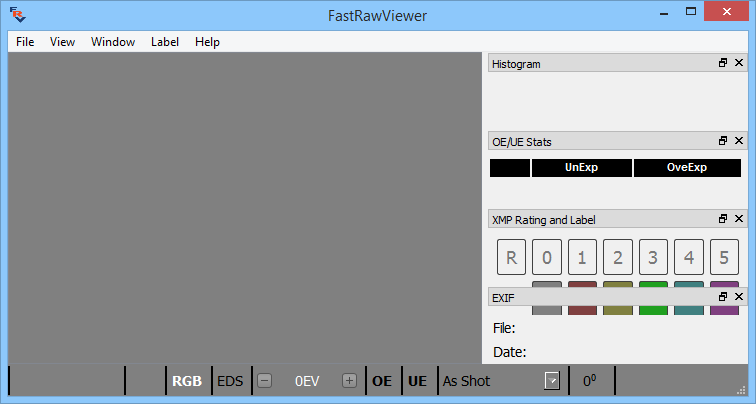


This means that the histogram for an image in your camera should be as far as possible to the right side without there being a white line shooting up the border which indicates overexposure. Some people choose to shoot JPEG so they don’t have to process the image but that only works well if your subject has a limited tonal range and you expose accurately.įor any exposure, it is better to “expose to the right”. A JPEG file is a subset of a RAW file with limited capacity to make further changes. RAW files offer potentially greater quality for both tonality and colour than JPEGs though they do require processing. All images benefit from some processing, a few require very little. This is a stitched panorama with very little other processing. Post-processing is a very important part of that. The most important thing in Photography is to use your own vision to produce an image the way you visualise it, not what the camera or computer decides for you, or what fashions dictate. There is something for everyone and it covers quite a lot of ground so some may prefer to come back multiple times for different sections. The third part is a somewhat detailed survey of alternatives, including Fuji-specific issues, plug-ins, other RAW processors, Capture One and Luminosity masking.The second part shows a way to quickly process images in Lightroom using Autotone as a starting point.The first part deals with why you might want to assess images using FastRawViewer (the only way to see an accurate picture of a RAW file) and why you might want to consider bracketing files.However, there may be some ideas or information that you can adapt to your own unique processing style. There is of course no ultimate workflow for processing RAW files. I originally wrote it for the Canberra Photographic Society. This post is of interest to people who use cameras and process images.


 0 kommentar(er)
0 kommentar(er)
